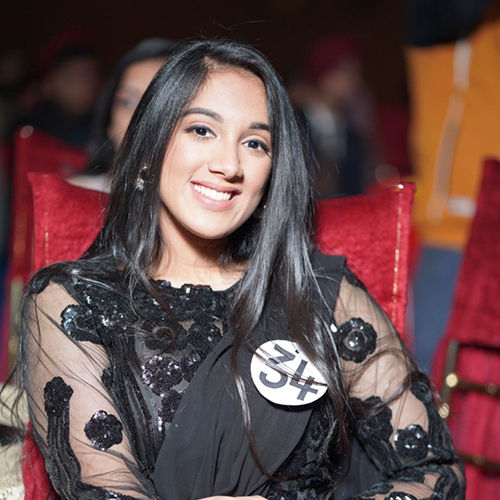
Bani Batra
Fashion designer
Bani Batra’s couture wedding collection is inspired by traditional Indian craftsmanship like dabka and patra work on rich silk, velvet, georgette and soft satin. In conversation with Fibre2Fashion, the designer discloses trends shaping the bridalwear market.
Bani Batra’s couture wedding collection is inspired by traditional Indian craftsmanship like dabka and patra work on rich silk, velvet, georgette and soft satin. In conversation with Fibre2Fashion, the designer discloses trends shaping the bridalwear market.
Fibre2Fashion: How big do you think the bridalwear market is, in India and abroad?
Bani Batra:
The Indian bridalwear market has enormous potential in India. It is also catching up abroad. Weddings are really important in Indian culture. There are over 10 million weddings annually. Since spending power is growing, weddings are becoming more extravagant and lavish each year. Indian weddings generally last four to five days, with many ceremonies. That leads to the need for multiple outfits. Dresses are the main protagonists of the event. I am fascinated by Indian weddings abroad. The market has a lot of potential.
F2F: What kind of detailing is popular among Indian brides?
BB:
Hand embroidery, zari, dabka work, heavily embroidered dupattas, floral work, gold tikki work, gold embroidery and mirror work are all important for the Indian bride.
F2F: What are the latest trends for the New Age bride?
BB:
The latest trends have a lot of new shades which go against the conventional reds and maroons. Some colour contrasts can also be seen, with intricate detailing and embroidery.
F2F: How different are your wedding collections for clients abroad and in India?
BB:
In India, clients stick to a heavier collection in terms of embroidery but are playing around with colours. The modern Indian bride is more for being comfortable but asks for detailed embroidery and royal colours. Internationally, it is exactly opposite as the Indian diaspora sticks to original colours of reds and maroons with shimmery detailing, gold work and mirror work.
F2F: Which hand-woven fabrics and hand-embroidered detailing are used in wedding collections?
BB:
Wedding outfits are difficult to design and take many hours of hand work and embroidery. There is heavy use of mirror and dabka work. Zardozi is one of the traditional forms still used.
F2F: What will be trending for men this wedding season?
BB:
Soft floral and lighter fabrics are more prominent for men this wedding season. Straight cut formal jackets and flowing kurtas are the way to go this summer.
F2F: Which market for bridalwear do you see growing strong, international or domestic?
BB:
Both markets are growing, though in a different way. India and the international market have huge potential. You can spot many international designers here with bridal collections. India has always been a big market and will continue to be so, just as we see great potential in the international arena.
Rahul Mehta
Fanny Vermandel
Pradip Mehta
Rahul Mehta
Gabi Seligsohn
Arun Sirdeshmukh
Bill D’Arienzo
Abhay Gupta
Aseem Prakash
Anurag Batra


20230103183907.png)
_8.JPG)









